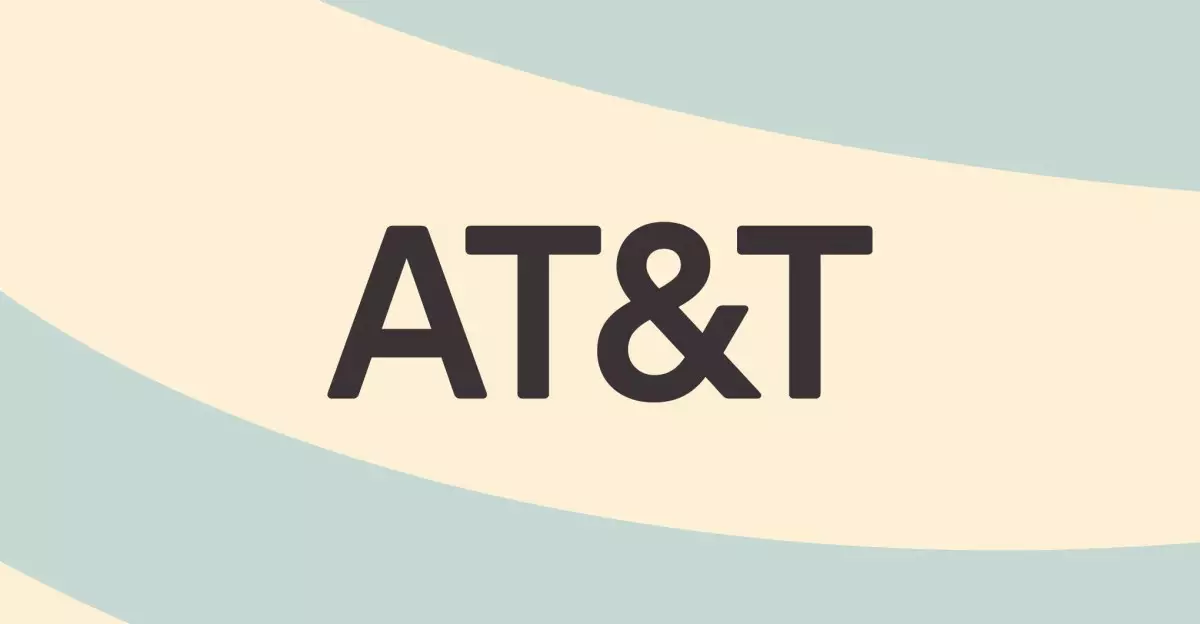In an increasingly interconnected world, communication via mobile phones has evolved drastically. AT&T has taken a significant step towards improving the caller identification experience for its users, particularly those who operate within its network on Android devices. This initiative is centered around providing a clearer understanding of why a call is coming in, thus helping users manage their communications more effectively. With the implementation of branded calling, an indication such as “refill reminder” or “delivery service” will appear on the incoming call screen, allowing customers to gauge the relevance of the call before even picking up the device.
The functionality behind this innovative feature stems from a collaboration between AT&T and TransUnion, introduced as a continuation of a previous initiative launched last year. Businesses can now opt to display a specific message associated with their call, which not only appears on the incoming screen but is also visible in the call details page. This intuitive approach eliminates the guesswork commonly associated with unknown callers and ensures that users can make informed decisions regarding their call responses. For instance, knowing that your pharmacy is reminding you about a prescription refill could save precious time and streamline your day.
However, despite the apparent benefits, there are notable limitations. The service is exclusively available to Android users within AT&T’s network. This means that a substantial portion of its customer base, primarily iPhone users, will miss out on this new feature. AT&T operates in a market where iPhone popularity is high, and the decision to limit this functionality may inadvertently alienate a significant number of its customers. Furthermore, the reliance on a specific operating system raises questions about accessibility and inclusivity in an era where user diversity is more pronounced.
Interestingly, AT&T’s move isn’t isolated; it echoes similar past attempts by other tech giants, notably Google, which previously introduced a similar caller identification feature but later discontinued it. The transient nature of such innovations within the tech sphere calls into question the sustainability and future effectiveness of AT&T’s offering. While TransUnion’s utilization of the STIR/SHAKEN protocol aims to verify calls and reduce spam, the crowded marketplace of call identification solutions may complicate user experiences rather than simplify them.
For consumers, this advancement positions AT&T as a potential leader in the mobile telecommunications space concerning caller identification. As spam calls proliferate, features that provide clarity and reassurance become increasingly invaluable. Users can appreciate the intuitive design of the new feature which seamlessly integrates into their daily communications. However, the stark limitations should prompt AT&T to consider future expansions, potentially accommodating wider user demographics, including iPhone owners.
While AT&T has introduced a commendable feature that aims to enhance the incoming call experience for its Android users, addressing its limitations and considering broader applicability could further strengthen its position in a competitive landscape. As users continue to seek connectivity and clarity in their communications, AT&T’s next steps will be critical in shaping its future success in consumer technology.

